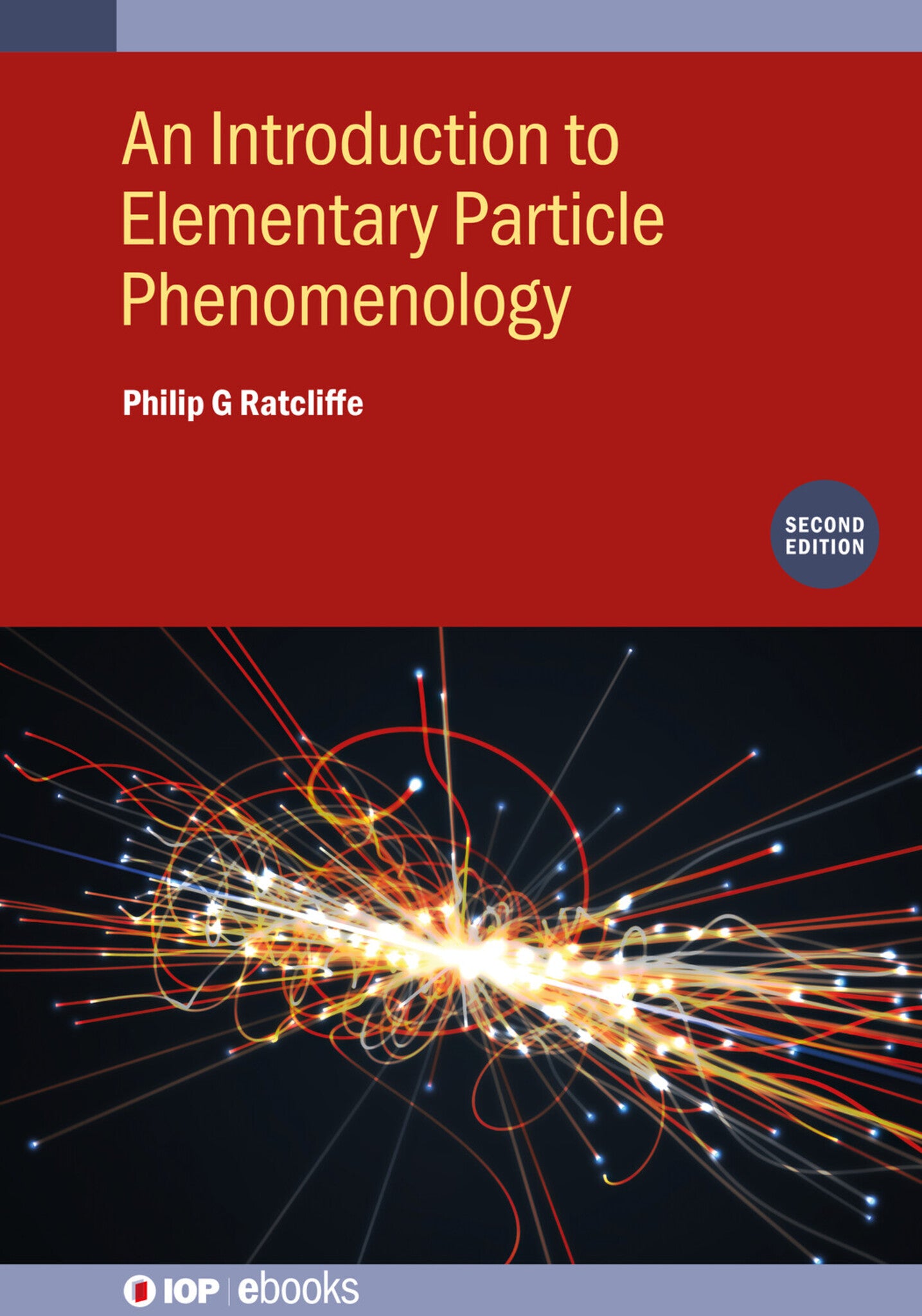We're sorry. An error has occurred
Please cancel or retry.
An Introduction to Elementary Particle Phenomenology (Second Edition)

Some error occured while loading the Quick View. Please close the Quick View and try reloading the page.
Couldn't load pickup availability
- Format:
-
31 January 2025

The book covers all aspects of laboratory elementary particle phenomenology, dealing with the two main interactions as described by the electroweak theory and quantum chromodynamics. It outlines the historical development of the theoretical framework, including the experimental motivations and discoveries of the last and present centuries. The interplay between theory and experiment is central to the presentation, as is the physical reasoning behind every step taken.
This 2nd edition includes various important topics omitted from the first printing and also includes new material, both experimental and theoretical, that has emerged over the last decade of intense activity at CERN and elsewhere. The book additionally includes many exercises with complete worked answers.
Key Features
- Provides careful scientific motivation for each theoretical and experimental development
- Is pedagogical and self-contained
- Contains many fully worked exercises
- Offers up-to-date information with the most recent theoretical and experimental advances

SCIENCE / Physics / Atomic & Molecular, Particle and high-energy physics, Atomic and molecular physics

- Introduction
- Symmetries (discrete and continuous)
- Hadronic physics (the quark-parton model)
- The new particles (discovery and study)
- The standard model (where we are now)
- Beyond the standard model (where we might be going)
Appendices
A. Background notes
B. Quantum mechanics
C. Scattering theory
D. Exercises



